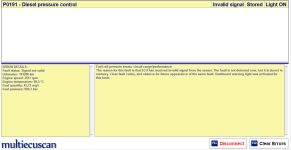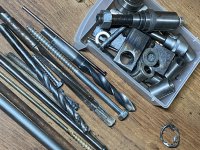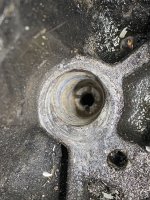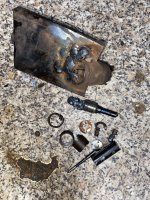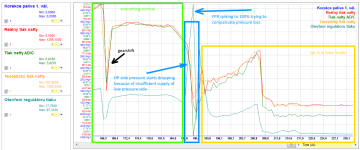Hello, I have news.
The new FRP sensor sadly did not do anything. After that setback I concentrated on properly diagnosing the hole situation better. Bought full version of
MultiECUScan, a better more reliable VagCom interface, mounted analog gauges to the CR-system aswell as the low pressure pump aswell as digitally monitoring voltage of the low pressure fuel pump.
What I found is: The electric low pressure pump at idle fluctuates between 1.5 and 3 bar. ´The electric motor sounds like its load is heavily variing. Already unusual imo.
After studying the data I collected, I now know what happens, when the car goes into limp/engine cutout:
Low pressure side of the fuel system falls down to under 1 bar. At this low pressure the fuel pressure regulator tries to compensate by fully closing the return, which infact manages to sufficiently feed the HP pump and keep the pressure in the HP system upright. But the ECU doesnt like the FPR having a 100% threshold and thus - cuts the engine or limits the output - this is dependent on how violently the low pressure side pressure drops down.
When I notice the pressure sinking and I go very easy on the load/accelerator, I can manage to keep the low pressure side above 1 bar, and so the car will never stall or go into limp mode
With this data, I'm 100% sure the low pressure side is the problem. The electric pump itself always was sufficiently powered with 12 volt but I was not able to monitor its power draw so maybe there is increased resistance in the electrical side. But it could also be a mechanical problem. I will most likely check/replace the sending unit as a whole.
Can someone give me more information regarding the low pressure fuel system? Where is the pump relay? Should the return line be under some pressure?


